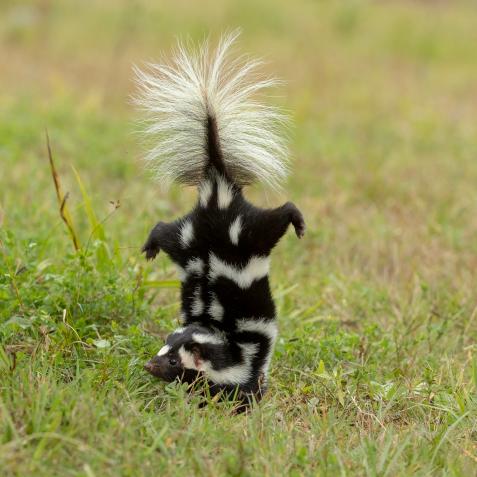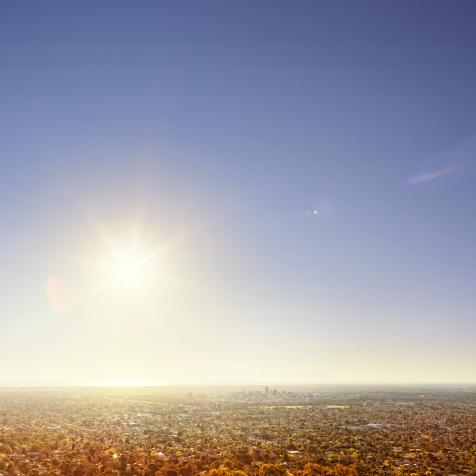
Anton Petrus
Revised Climate Normals from NOAA Revealed
Facing the unusual: NOAA’s latest climate report warns of “longer-term warming,” something all humans should be concerned about.
The National Oceanic and Atmospheric Administration (NOAA) released new US Climate Normals that aren’t too far off than what most people would expect-- bad and abnormal. Taking a look at these maps, one can infer that it goes beyond showcasing the warmer, wetter, and dryer changes moreso the “specific geographic pattern of those changes.” The impacts that were once hypothesized way back when have now become very possible.
What’s important to note is how increased temperatures affect specific regions. From the data presented, the US has warmed an average of 1.7 degrees Fahrenheit, whereas other regions have increased anywhere from 2–4 degrees Fahrenheit. According to CBS News, that may not sound like much, but small changes in the normals mean much larger changes in the extremes, like heat waves, droughts, wildfires, floods and hurricanes.” (Pst!! Another way to interpret this is to imagine having your body temperature rise to a fever, and that be considered the “new normal.” Yikes!) Through these subtle yet apparent changes, we’re able to dictate the direction of where climate change is heading and how it will affect us.
To determine the “new normal,” NOAA issued a revised set of “climate normals,” defined to be “what is considered normal, typical or average weather in a given location at a given time of year.” These averages are then scaled on 30-year-time periods to ensure efficient and accurate data. The criterion is calculated from 8,700 weather stations, CBS News adds, that are operated by NOAA, which include information based on temperature, precipitation and other weather variables. “These "normals" allow meteorologists to compare the weather on any given day with what is historically expected to give the public a gauge of how typical or extreme the weather is at any given moment.”

JOSH EDELSON
Chief Meteorologist at Climate Central, Bernadette Woods Placky, had interesting insights into the data presented and why it’s imperative to have the latest climate normals: “keeping weather and climate data updated is important for the government officials and business owners who rely on it for decisions such as clothing, tourism, and construction companies, utilities, farmers, and city planners. But the fact that NOAA needs to keep pushing average temperature data higher is the sign of something bigger, the longer-term warming."
The data once again has pointed the finger at who has contributed to the warming years of the past decade: humans-- burning of fossil fuels and large quantities of greenhouse gases and aerosols in the atmosphere, a study by NASA confirms.
"This data update is a moment to pause and take a look at the bigger picture, that we are warming almost everywhere and there is nothing normal about it," Bernadette said.


















